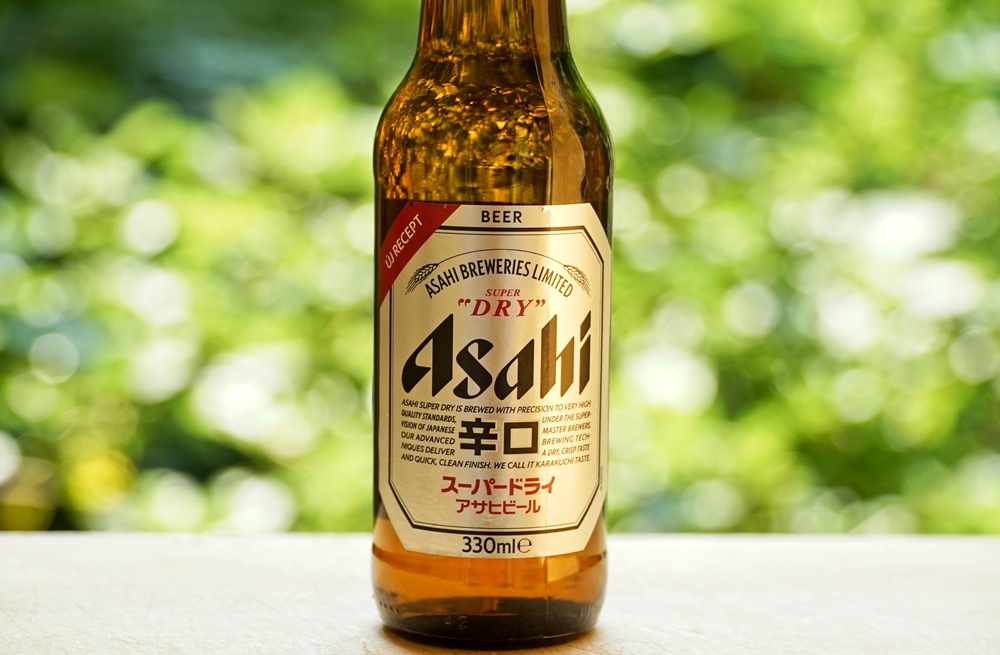Abandoned aquatic parks are fascinating relics of summers long past, once brimming with life and laughter but now left to decay in eerie silence. These water-themed attractions, often filled with thrilling slides, wave pools, and family fun, were once bustling hotspots that defined childhoods and summer vacations. However, financial struggles, shifting interests, and competition have led many to close their doors permanently. Today, these parks sit as haunting reminders of their former glory, with nature reclaiming the spaces and urban explorers seeking out their forgotten beauty. Here’s a look at 15 aquatic parks that were once vibrant destinations but are now shadowed by time and neglect.
Atlantis Marine Park (Perth, Australia)
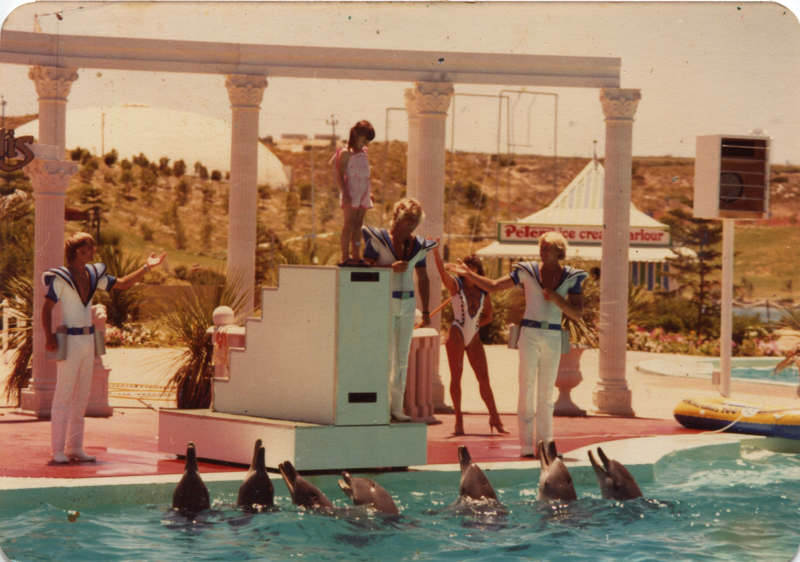
Atlantis Marine Park opened in 1981 as a marine-themed water park featuring dolphin shows and elaborate sculptures. Located in Two Rocks, it was famous for its 11-meter statue of King Neptune. However, declining attendance and high maintenance costs led to its closure in 1990. Today, the once-bustling pools are empty, and the attractions are overrun by nature. The statue remains an eerie reminder of the park’s heyday, towering over the dilapidated grounds. Graffiti now adorns the crumbling walls, a stark contrast to the vibrant artwork that once lured visitors. Locals occasionally visit the site, drawn by its nostalgic and haunting atmosphere.
Lake Dolores Waterpark (Newberry Springs, California, USA)
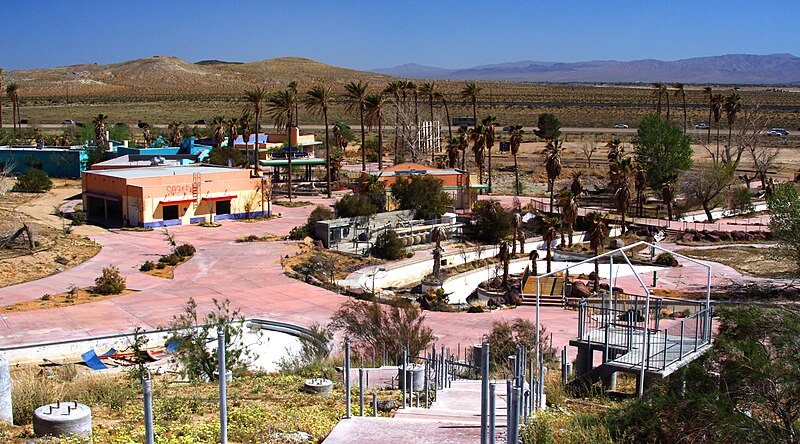
Touted as the first waterpark in the United States, Lake Dolores Waterpark opened in the 1960s and became a desert oasis. Its massive slides and lakeside activities drew thrill-seekers from all over the country. By the 1990s, it had rebranded as Rock-A-Hoola Waterpark, but financial issues plagued the attraction. After several closures and attempts to revive it, the park shut down permanently in 2004. Graffiti-covered slides now sit baking under the relentless desert sun, and tumbleweeds roam where water once flowed. Photographers and urban explorers have since turned it into a destination for capturing its post-apocalyptic aesthetic. The decaying infrastructure whispers tales of summers long gone.
Wet ‘n’ Wild (Orlando, Florida, USA)
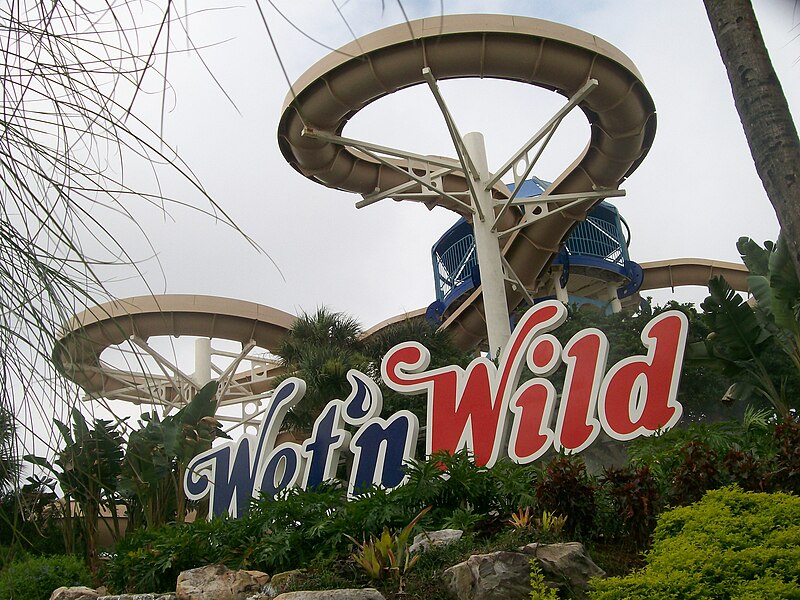
Once a flagship attraction in Orlando, Wet ‘n’ Wild opened in 1977 and revolutionized the water park industry. Boasting unique rides like the Bomb Bay slide, it catered to thrill-seekers for nearly 40 years. Despite its success, Universal Studios closed the park in 2016 to focus on Volcano Bay. Today, the site is an empty lot awaiting redevelopment, with no trace of the water slides or wave pools. Nostalgic fans often reminisce about its golden days on social media. Unlike many abandoned parks, Wet ‘n’ Wild was demolished rather than left to deteriorate. Its legacy remains as one of the first modern water parks in the world.
Aquarena Springs (San Marcos, Texas, USA)
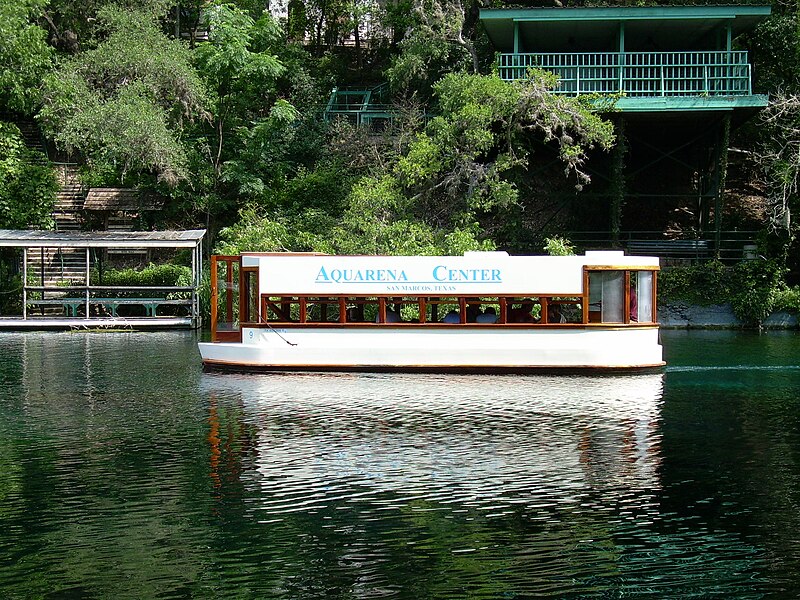
Famous for its mermaid shows and underwater theater, Aquarena Springs was a Texan gem from the 1950s through the 1990s. The park included glass-bottom boat rides and a swimming pig show that delighted families. As interest in theme parks shifted, Aquarena struggled to keep up and closed in 1996. Its structures now sit quietly, submerged in water and overtaken by vegetation. Texas State University transformed part of the site into an environmental learning center, preserving its history. Divers occasionally explore the underwater remnants of the old theater. The juxtaposition of nature reclaiming man-made structures makes it hauntingly beautiful.
Splashdown Waterpark (Poole, England)

Known for its thrilling slides and family-friendly attractions, Splashdown Waterpark operated from the 1980s until its closure in the mid-2000s. Financial difficulties and increased competition from larger parks led to its downfall. Today, the once-vibrant park is a ghostly shell, with weeds growing through cracked pools and rust coating the slides. The sound of laughter has been replaced by the eerie whistle of the wind. Locals report that the site occasionally attracts vandals and urban explorers. Its abandoned state is a stark reminder of how fleeting fame can be. The crumbling park is now a magnet for photographers seeking decay.
Ho Thuy Tien Waterpark (Hue, Vietnam)
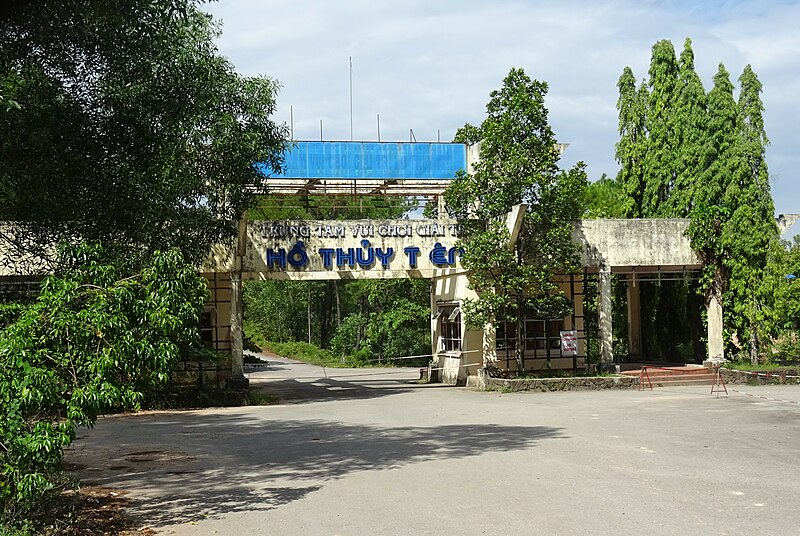
Built in the early 2000s, Ho Thuy Tien Waterpark was meant to be a major attraction in central Vietnam. However, it mysteriously shut down shortly after opening, leaving behind a half-finished aquatic wonderland. Its most iconic feature is the dragon-shaped aquarium, now covered in moss and graffiti. Visitors find the empty pools and overgrown pathways hauntingly serene. Tourists and locals alike are drawn to the surreal beauty of its decay. Crocodiles were reportedly abandoned in the park, adding to its mystique. Today, it’s a popular spot for adventurers seeking a blend of nature and urban ruins.
Fantasia Lagoon (Bangkok, Thailand)
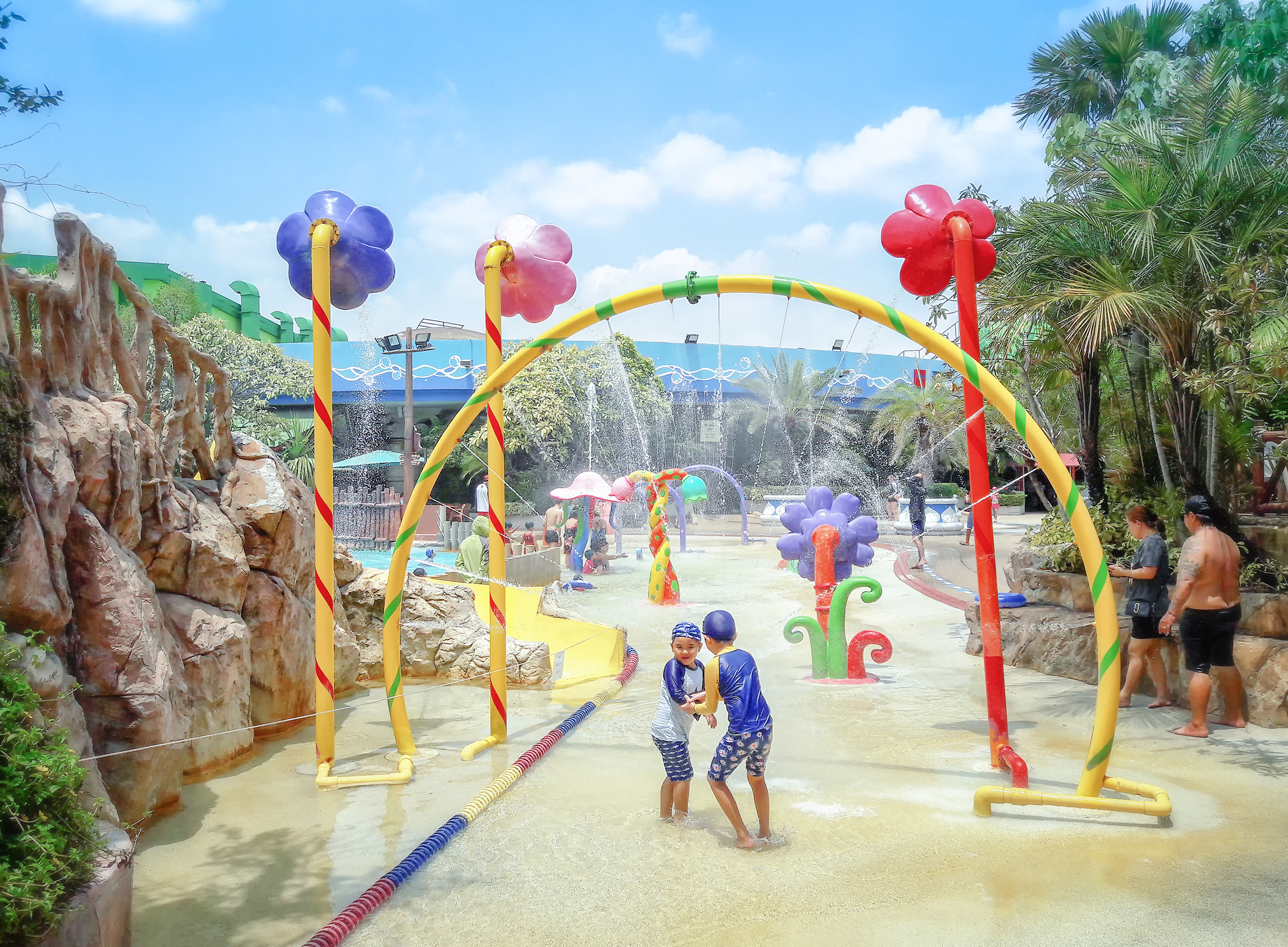
Built atop a shopping mall in the 1990s, Fantasia Lagoon was a unique concept in water parks. For a while, it thrived, offering city dwellers a convenient escape. However, mismanagement and safety concerns led to its closure in the 2000s. The now-empty pools and faded murals are a strange sight amid Bangkok’s bustling skyline. Shoppers occasionally stumble upon the remnants, finding an eerie quietness that contrasts with the mall’s activity. Urban explorers and photographers have documented its decay, giving it a second life online. The park serves as a cautionary tale about the challenges of unconventional locations.
Adventure Island (Southend-on-Sea, England)
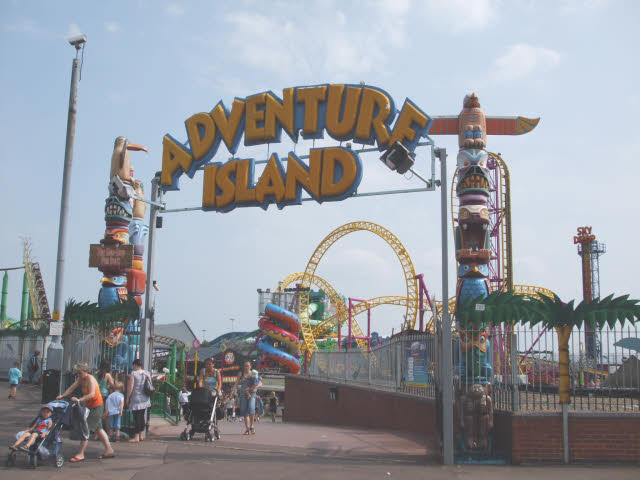
Adventure Island featured a collection of water slides and splash zones that made it a hit in the 1980s. Located along the Southend seafront, it was a staple for summer visitors. As larger parks began to open across the UK, its popularity dwindled. By the early 2000s, the site was abandoned, with rusting slides and cracked pools left behind. Today, seagulls have taken over, and the salty air has accelerated the decay. Local legends surround the park, with tales of it being haunted by echoes of laughter. Despite its derelict state, it remains a curious attraction for urban adventurers.
Action Park (Vernon, New Jersey, USA)
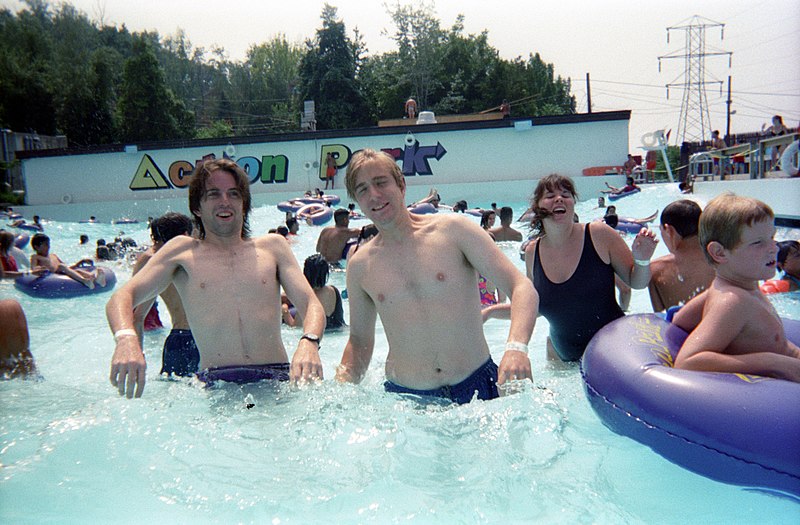
Dubbed “the world’s most dangerous waterpark,” Action Park became infamous for its poorly designed rides and frequent injuries. Opened in the late 1970s, it attracted thrill-seekers who relished its risky attractions. However, safety violations and lawsuits ultimately led to its closure in 1996. Today, overgrown weeds and dilapidated slides dominate the once-chaotic park. Locals remember it as both exhilarating and terrifying, earning it a cult-like following. Documentaries and books have since immortalized its legacy. The abandoned site now stands as a symbol of the extremes of 1980s entertainment.
Rocky Point Waterpark (Warwick, Rhode Island, USA)
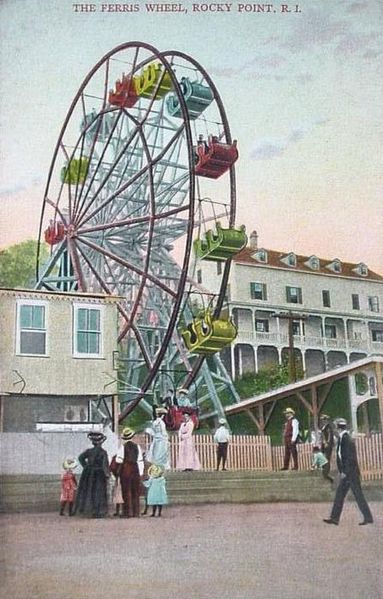
Rocky Point Waterpark was a part of a larger amusement park that operated for decades along Narragansett Bay. It offered thrilling water slides and a giant wave pool that kept families entertained. Financial issues in the 1990s led to the park’s permanent closure, leaving it to rot by the shoreline. Saltwater breezes and storms have since ravaged the structures, reducing them to skeletal ruins. Locals still visit the site, drawn by memories and the eerie beauty of the bay. Recent efforts have turned portions of the land into public parks, preserving its history. The site remains a mix of ruin and renewal.
Crystal Pool (Hamilton, Ontario, Canada)
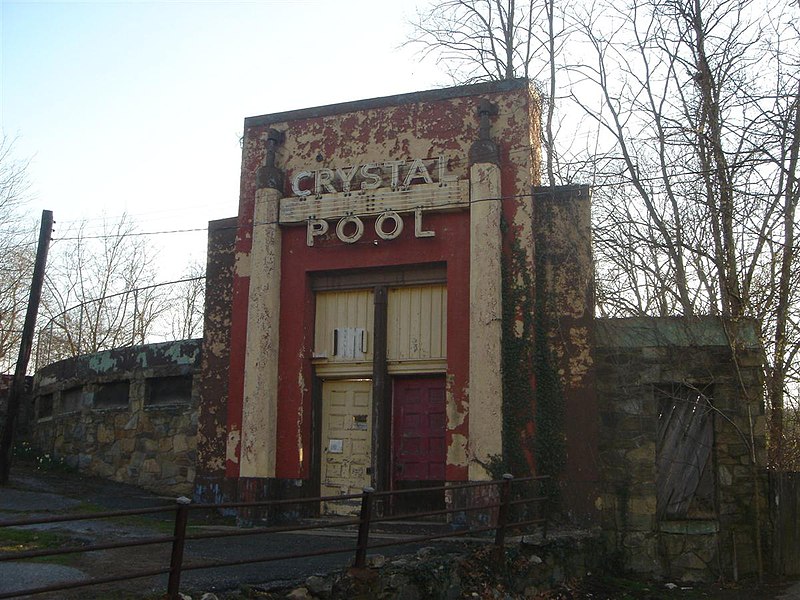
Crystal Pool was a beloved community water park that operated from the 1930s until its closure in the 1990s. Known for its massive diving platforms and crystal-clear water, it was a summer hub for generations. As maintenance costs soared and attendance declined, it shut its doors, leaving the grounds to deteriorate. Today, only fragments of the pool and structures remain, hidden beneath overgrown grass. Locals often recall fond memories of its heyday, but efforts to revive the site have failed. The area has become a quiet retreat for nature enthusiasts. It’s a bittersweet reminder of simpler times.
Cypress Gardens Adventure Park (Winter Haven, Florida, USA)
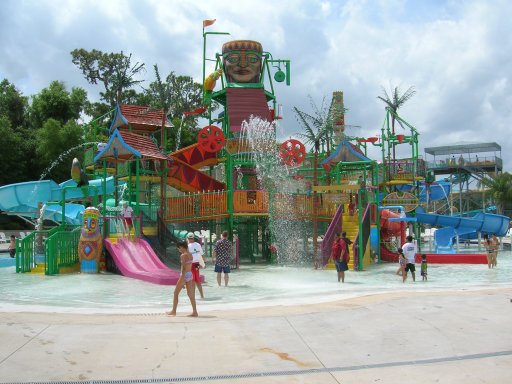
Cypress Gardens was initially a botanical garden before adding water attractions in the 1980s. It offered serene boat rides alongside thrilling water slides, making it a unique combination. However, competition from larger parks like Disney led to its decline. It shut down in 2009, leaving its once-beautiful gardens and attractions to crumble. The overgrown gardens now coexist with the remnants of water slides, creating an otherworldly landscape. Locals recall its charm, but the site remains in limbo between preservation and neglect. It’s a poignant reminder of Florida’s rapidly changing tourism landscape.
Noah’s Ark Waterpark (Bahrain)
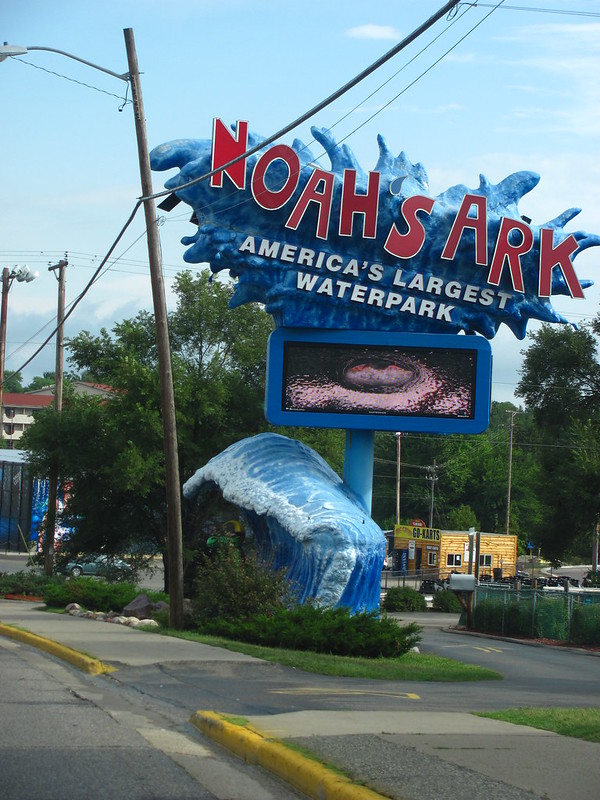
Noah’s Ark Waterpark was an ambitious project inspired by its biblical namesake. It featured a massive ark structure and family-friendly water attractions but failed to draw enough visitors. Closed in the early 2000s, it now sits abandoned, with its ark centerpiece partially collapsed. The searing desert sun has faded its once-bright colors, and rust has taken hold. Occasionally, curious visitors explore the eerie site, snapping photos of its bizarre remains. Developers have debated revitalizing the area, but no plans have materialized. It stands as a peculiar relic of a forgotten era in Bahraini entertainment.
Wild Rivers Waterpark (Irvine, California, USA)
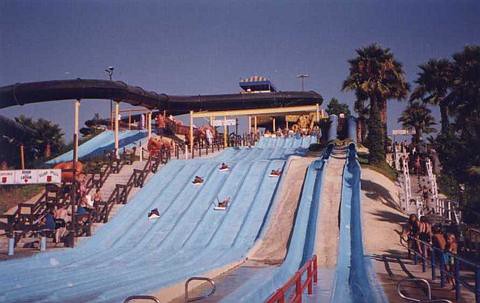
Wild Rivers was a Southern California favorite from its opening in 1986 until its closure in 2011. Known for its thrilling water slides and summer concerts, it became a cherished local institution. Rising land values and redevelopment pressures forced the park to shut down, with most structures demolished shortly after. Although a new Wild Rivers park opened nearby, the original site is now a corporate campus. Nostalgia for the old park lingers among locals who grew up there. Photos and videos of its heyday circulate online, keeping its memory alive. The loss of the original park reflects the region’s rapid urbanization.
Gulliver’s Splash Zone (Milton Keynes, England)
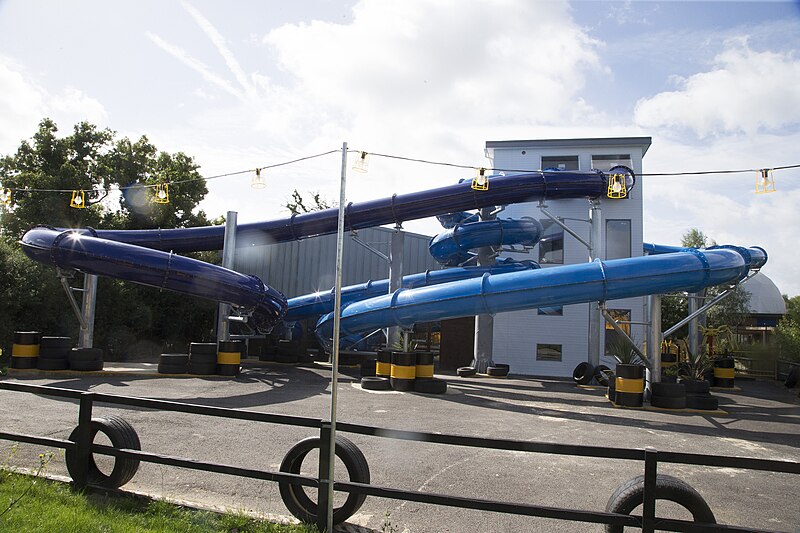
Once part of the larger Gulliver’s Kingdom attraction, the Splash Zone delighted families for decades. Its closure in the late 2000s came as a surprise, attributed to declining attendance and maintenance costs. The area now sits eerily still, with its bright slides and water play areas fading under the elements. Adventurous locals sometimes sneak in to explore, adding graffiti to its decaying walls. Efforts to repurpose the site have stalled, leaving it in limbo. The once-lively park is now a canvas for nature and urban decay. Its ghostly remains stand as a poignant reminder of fleeting childhood joys.
This article originally appeared on Rarest.org.
More From Rarest.Org
Whales have roamed the oceans for millions of years, with some species standing out not just for their size but for their incredible lifespans. From the icy waters of the Arctic to the temperate coasts worldwide, each species brings its own fascinating traits and survival stories. Read more
Life on Earth can be incredibly resilient, thriving in places we’d consider uninhabitable. Some bacteria have evolved to withstand extreme heat, crushing pressures, intense radiation, and even acidic or salty conditions. Read more.
The global beer industry is dominated by some massive companies that brew and sell some of the world’s most popular brands. From local favorites to international giants, these companies drive billions in revenue, employing innovative brewing techniques and sustainable practices along the way. Read more.



